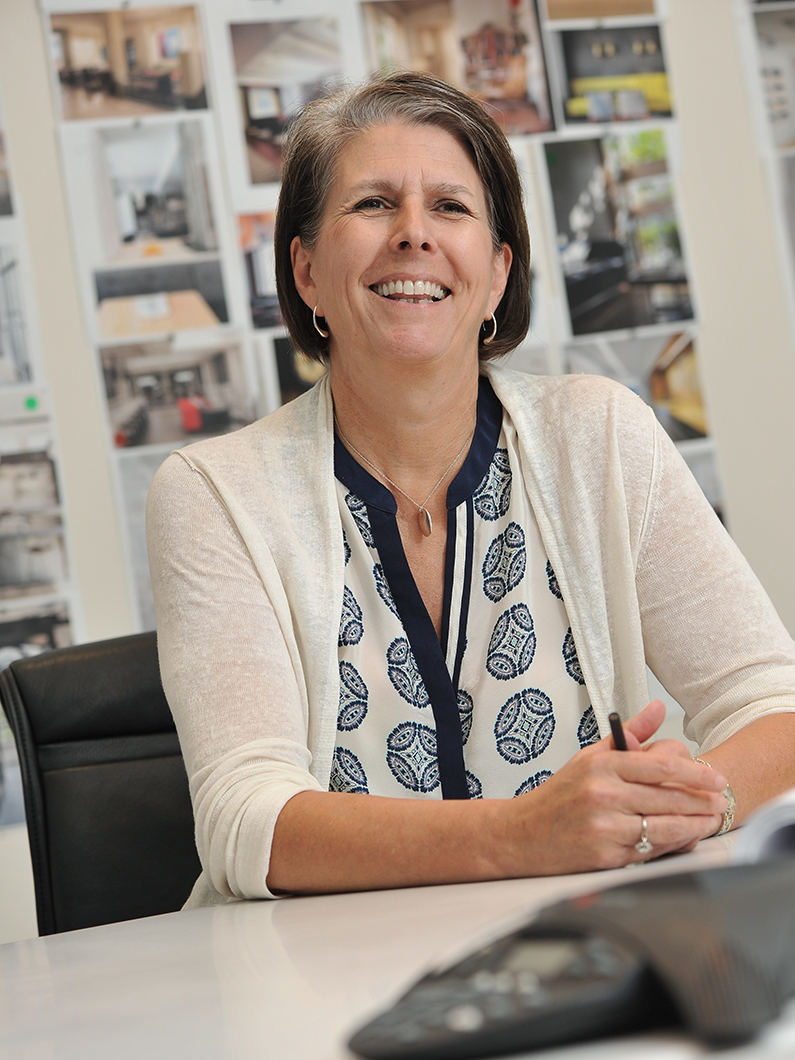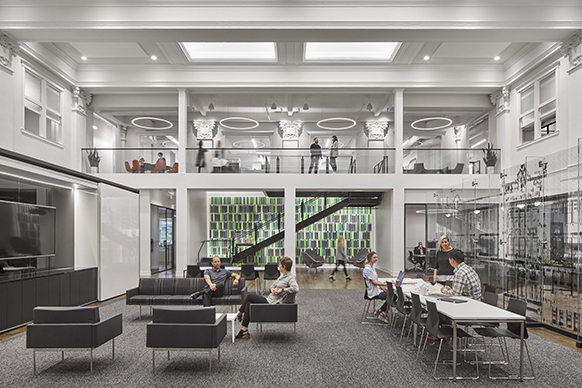The way we live our lives is changing and will continue to evolve after coronavirus subsides. For most of us, this pandemic will be an event that completely reshapes the only societal structure we have known—from how we work, visit doctors, get an education, and interact with one another. It is evident that moments of crisis present change, but also opportunities for new ideas, and ways of thinking—especially as it relates to architecture and design. Our industry is driven by the desire to solve problems. From the earliest needs to providing shelter, to adapting spaces for safety against a global pandemic––it is clear that our profession focuses on progress and resilience.
From Stonehenge to the Ancient Greeks to the Industrial Revolution, human progress over the past century has been nothing short of brilliant. As we move into the next evolution of architecture and design, we must focus on the human element. If this global pandemic has taught us anything, it’s that human-centric elements must be intentionally reintroduced into our built environments. Designers and architects have an obligation and commitment to making buildings for people––as well as the environment at large. Sustainability, performance, and connectivity are all interwoven, and as crafters of the built environment, it is our job to intertwine them throughout each space.
Now more than ever, architects are empowered to design a world that allows people, communities, and our environment to thrive––and those conversations surrounding sustainability will continue post-COVID-19. Creating practical solutions to the challenges posed by climate change, population growth, and the pursuit of connected, healthier communities will only become more demanding––especially as people become more informed of the health benefits of increased access to fresh air, healthy building materials, and better filtration systems. At Perkins&Will, we’ve been exploring how design and architecture can not only respond to these changes, but address and improve existing solutions for occupant health. From the future of the workplace, to creating safer schools, professionals across the firm are thinking about how they can adapt design standards in order to create spaces that are flexible and safe during and after the pandemic. Some common threads have been resiliency, regeneration, sustainability, and wellbeing––all crucial aspects in creating healthier environments.
In the past few months, we have seen new standards of interconnectedness forming at a new level. From commerce-based to experiential-driven models, our economy is ever-changing––and our buildings must reflect this shift. Designers must adjust and adapt to accommodate these economic and social changes that value relationships and foster connections over material assets. In the workplace, for example, change management will be key to creating new habits to support employees as they transition back into the office. The communication of new health and wellness guidelines and protocols will be necessary when the goal is to stay connected with one another––something that can be facilitated through design. The key is to create a high-performing space that tells a story, and a crucial takeaway should be that it is designed to promote its occupants’ health and wellbeing. Whether it’s implementing a blended solution for physical and virtual presence in work meetings, designing drop-off activations for libraries, or utilizing technology to boost a touchless experience and increase user satisfaction, we must continue to work toward creating spaces that drive human interaction, collaboration, and connectivity.
With the importance of sustainability, performance, and connectivity in mind, how can architecture and design firms change their methods to more seamlessly integrate these elements into the design process? The team at Perkins&Will is committed to putting people and our communities first. Across all business sectors, we are providing our clients with flexible solutions to best adapt and innovate in today’s uncertain times. Architecture and design firms must work to come up with new solutions and bold ideas to help the world propel forward and face the challenges of today–-and tomorrow.

